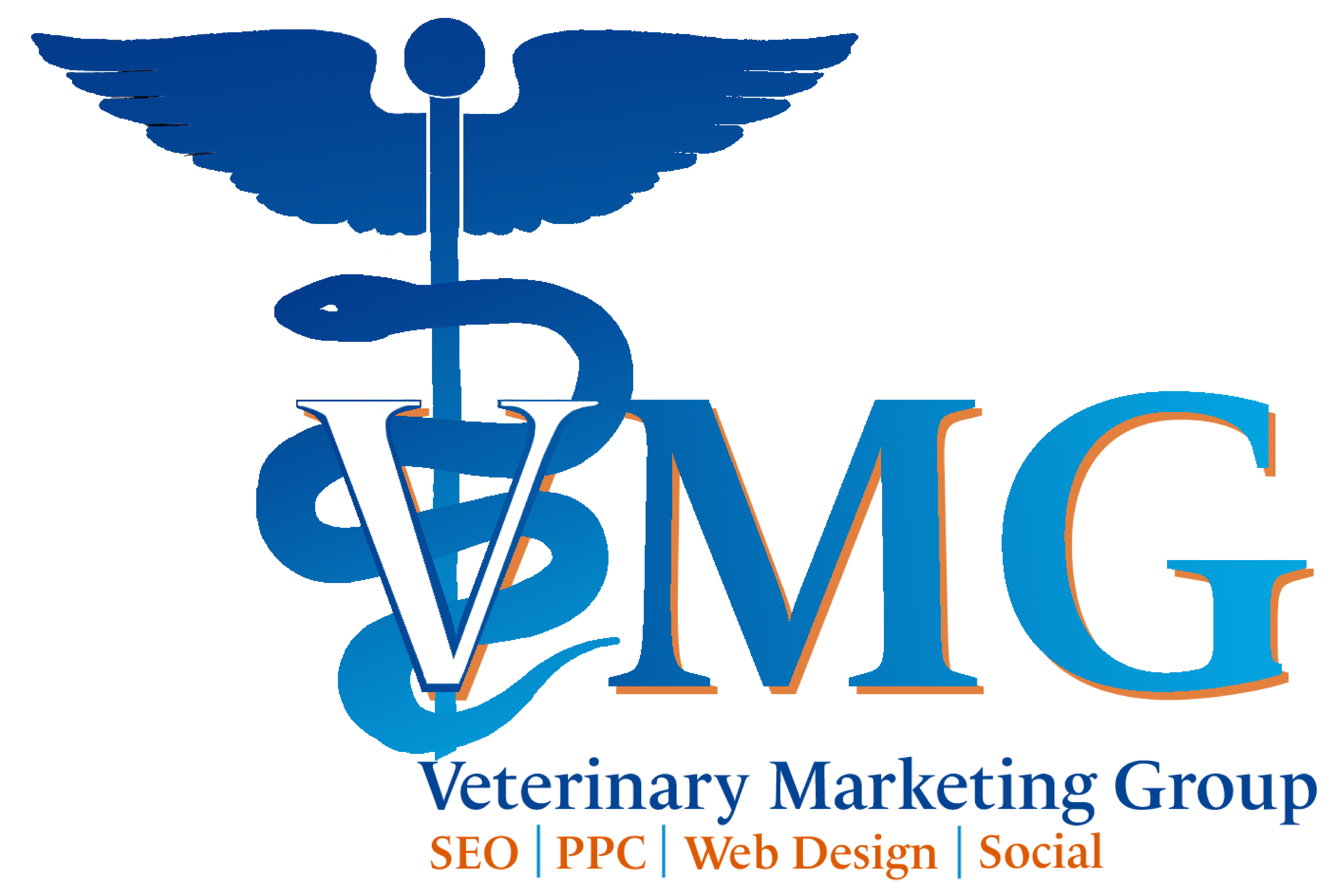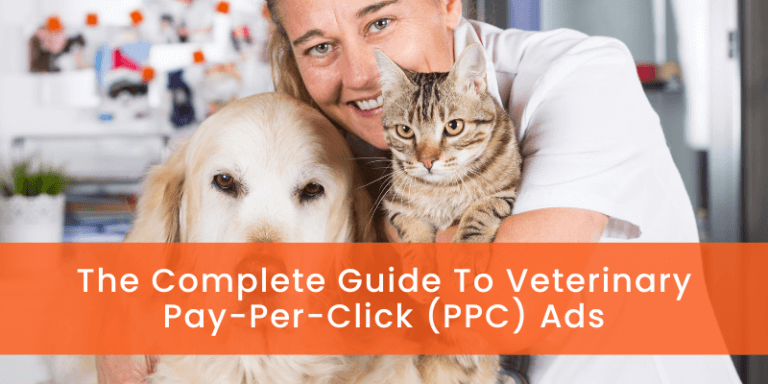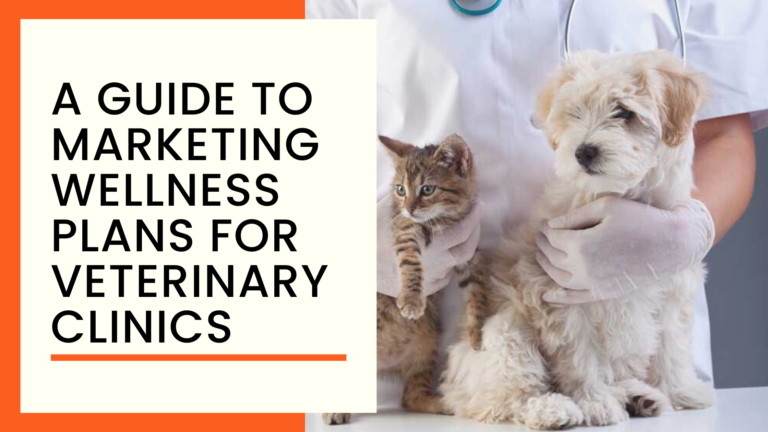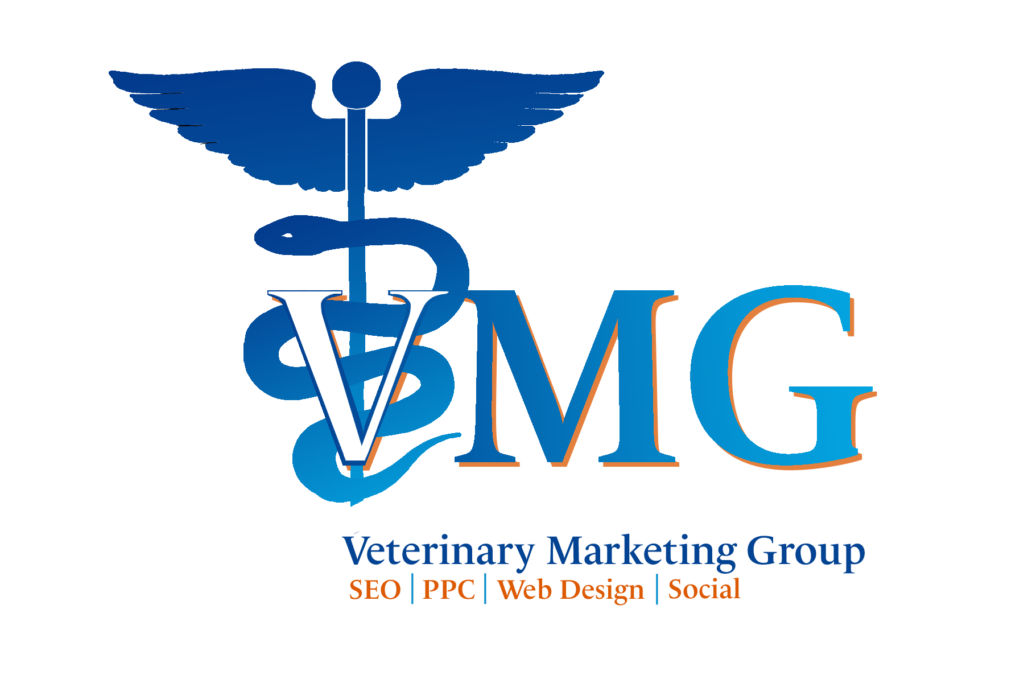If you’re reading this right now, it means you’re curious about digital marketing and how it can bring in more clients and revenue for your veterinary clinic.
Whether you just launched your vet clinic, or you have been around for years, embracing digital marketing for your veterinary practice is crucial if you don’t want to be swallowed by your competitors in today’s digital world.
Well, it isn’t just about embracing digital marketing for your vet practice but doing it the right way, and this is why we have created this digital marketing strategy for veterinarians.
In this ultimate guide, you’ll learn about 7 core digital marketing areas to focus on that will yield the most result for your business. We included actionable steps you can get started with right away.
As a bonus, we included a downloadable Ultimate Veterinary Digital Marketing Checklist at the end of this guide. This checklist will make it easy to identify areas where you’re lacking and help you hyper-focus on those areas.
Let’s get started…
Table of Contents
Toggle
Why Digital Marketing is Important for Veterinary Practices
Meet Bob.
Bob is a dog parent who is looking for a vet clinic to take his furry friend to for professional dental cleaning.
What does Bob do to find one?
Bob simply looks up the term “vet clinics near me” on google.
He browses through the top 3-5 vet clinics and places a call to one of them.
Now, my question to you is…
If potential patrons like Bob are looking up vet clinics online, why aren’t you doing everything to establish your presence online?
Did you know that over 97% of search engine users search for local businesses such as veterinary clinics online? And from the percentage, 80% of those searches convert?
By conversion, I mean placing a call, chatting with a vet, or scheduling an appointment.
Digital marketing helps you establish your presence online, allowing you to reach a wider pool of potential clients just like Bob, giving them different avenues to get in contact with you, and ultimately increasing your revenue.
Digital marketing or internet marketing also increases client retention. For example, content marketing, email, and social media marketing can help you continue to connect with existing clients through informative and promotional content.
Paid advertising and SEO can help you consistently generate leads for your business so you never run short of clients. Because like it or not, regardless of how good your retention strategy is, some clients are still going to move on.
A good digital marketing strategy for your vet clinic will help you reap the full benefits online marketing has to offer and set you up for consistent business growth and success.
Now you know how important digital marketing is to your business, let’s delve into 7 core areas or strategies that are vital to your veterinary practice.
Web Design for Veterinarians
One digital marketing strategy that is essential for all veterinarians is to have a strong website. Your website is often the first point of contact between you and potential clients, so it must make a good impression, and be optimized for conversion.
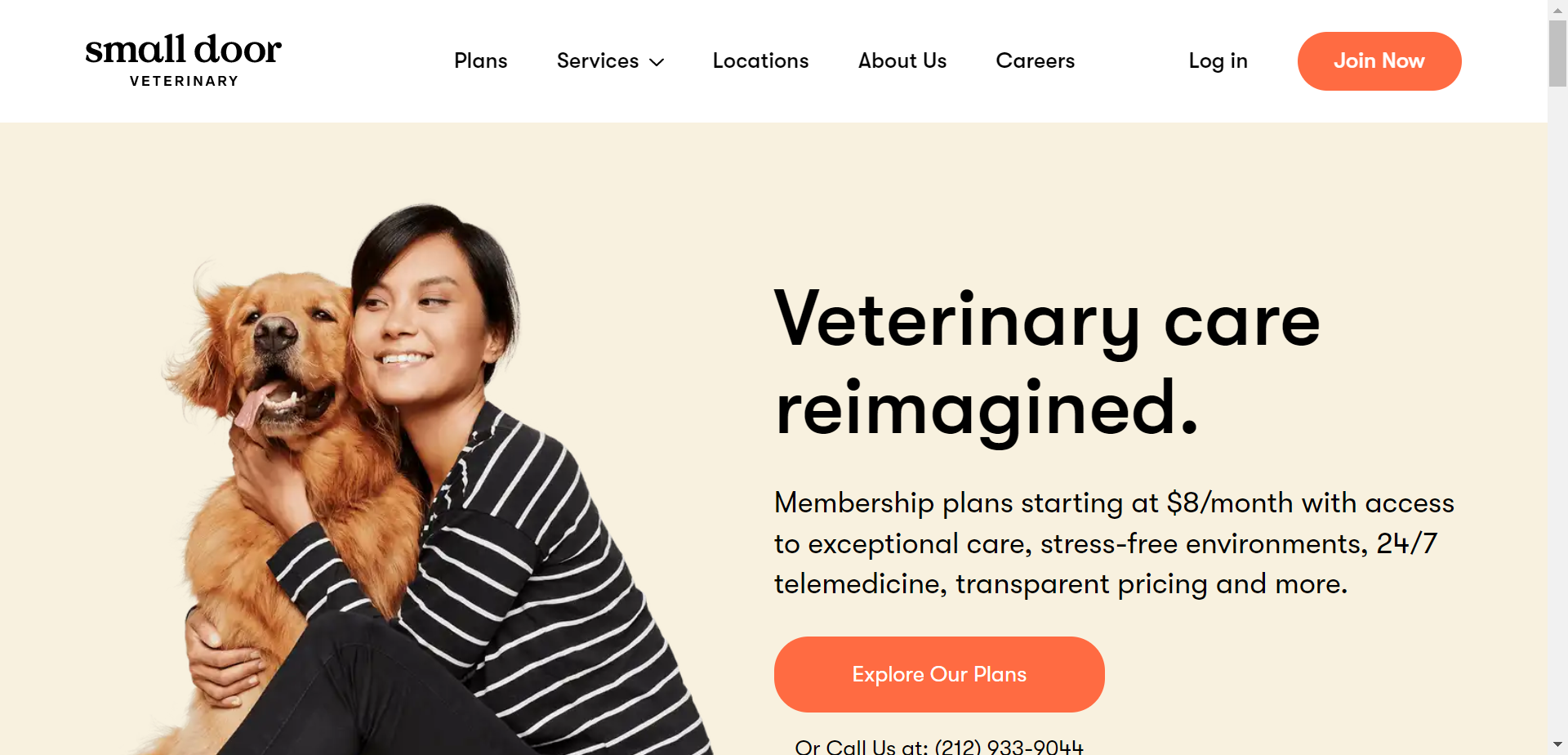
Let’s look at it this way. If your website design is not appealing and looks unprofessional, that’s the first turn-off. Pet owners want to work with vets that are experts at what they do, and your website is what convinces them or otherwise.
If you have unrelated images plastered all over, or misaligned text or videos, web visitors will see your site as not credible, and this can cost you business with that potential client.
Additionally, your website has to be easy to use and navigate, as well as mobile-friendly.
So, how should veterinary practices design their website for optimal results?
Keep reading to find out.
Web Design Optimization For Veterinarians
Understand User Intent
The first factor to keep in mind when designing your website is user intent. User intent simply means the result a searcher is after when they look up a particular keyword or conduct a search query.
For vets, we can expand this to mean users’ goals on your site. What are they looking for?
Usually, there are 3 categories of user intent. They are:
- Informational intent
- Navigational intent, and
- Transactional intent
For informational intent, users are looking for knowledge on industry-related topics rather than purchasing something or booking an appointment. This could be “how to brush my dog’s teeth”, or “what is periodontitis?”
For navigational intent, the user wants to find a specific website, domain, or physical address. For example, a user searches for your clinic’s name.
For transactional intent, the user is looking to make a purchase or is looking for more interaction that will ultimately lead to a purchase. For veterinarians, this could be signing up to book an appointment, claiming a coupon code, or getting in touch via call or email.
Your website should be able to accommodate all three user intents, in a straightforward manner.
One way to do this is to organize your navigation bar for the best results.
Organizing Your Navigation Bar
Your navigation bar should be simple to use. You want to avoid multiple navigation bars or dropdowns that just continue to drop down (pun intended).
Let’s take a look at a couple of vet clinics that have nav bars that are optimized for all users.

When an informational user lands on the site, they can easily navigate to the blog section to consume information on numerous topics.
When a transactional user visits the site, they can quickly place a call or schedule an appointment.
Finally, when a user with a navigational intent lands on this site, they may be looking for more information before they place a call or schedule an appointment. They can quickly navigate to locations, services, or even the FAQ section easily.
You can see that the nav bars are not complex or all over the place.
Here’s another example from Firefly.

The only drawback here is that when a user comes here with an informational intent, there is no simple navigation to get to a resource or blog. The blog link was hidden in the About navigation.

Another tip when it comes to nav bars is to keep the wording short and simple. Avoid having too many categories; 5-7 is appropriate.
In summary, your nav bar should be easy to navigate, have just the necessary info, and be optimized for all types of user intent.
Keep Your Homepage Messaging Clear And Precise
The last thing you want to do is to turn your homepage into a 2000-word blog post. Your message should be short, precise, and clear.
Each block should have short paragraphs with an appropriate call to action (CTA).
Here’s an example from The Vets.
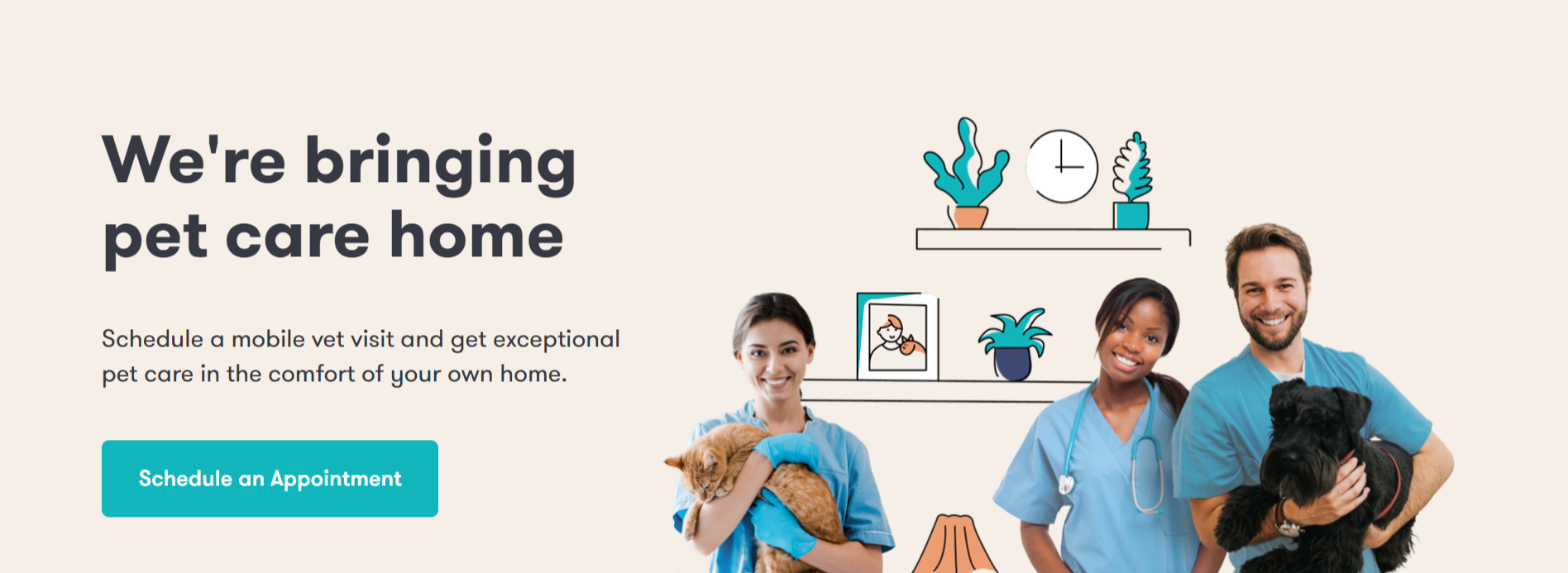
Strong Calls To Action (CTAs)
Use compelling CTAs that stand out and drive conversion. Your CTA should entice the reader to click and discover more; this could be booking an appointment, claiming a coupon, or engaging with your website.
Business Number And Appointment Link To The Top Right
Your business number and/or appointment link should always be included in your nav bar but to the right.
Why?
It’s been proven that CTAs above the fold to the right, perform better and generate more clicks than those placed on the left.
We recommend you add both your number or appointment link instead of either. Some clients would prefer to call, while others would prefer to schedule online. You always want to cater to different types of people.


Keep Your Style And Color Scheme Consistent
One of the most important things to remember when optimizing your web design is to keep your style and color scheme consistent. This will help to create a unified brand identity that potential clients will recognize and trust.
Be sure to use the same logo, typography, and color palette across your website. This will help to create a cohesive look that will make your brand more recognizable.
Use Custom Or Authentic Images/Videos
This is an important one.
We understand the struggle…
It’s easier to pull up images from google and plaster them over your site.
But it’s been proven that custom images/videos perform better than stock images/videos.
When visitors see authentic images/videos, almost subconsciously, they are configured to trust you. And when trust is built, there is a high probability that they will do business with you.
Can web visitors tell custom images/videos from stock?
Trust us, they can.
Make Your Site Mobile-Responsive
Another important consideration when designing your website is how it will look on mobile devices.
With so many people using smartphones and tablets to access the internet, it is important to make sure that your site looks good on all devices.
The best way to do this is to use a responsive design. This will ensure that your site automatically adjusts to the device it is being viewed on, and that it always looks its best.
SEO for Veterinarians
If you’re not familiar with the term, SEO, or search engine optimization, it is the process of improving the visibility and ranking of your website on search engines like Google.
By optimizing your site for search engines, you can increase your chances of being found by potential clients and customers who are searching for veterinary services online.
Remember, we said your potential clients are searching for your services online; getting your SEO game right will help them find you easily and organically.
The question is: how can you optimize your vet website to rank higher in search engines?
Optimizing Your Veterinary Website for SEO
First, SEO is not something you just do once and forget about it. To reap immense benefits with SEO, you have to keep creating content around certain keywords relevant to your business.
Additionally, you can update specific content after some time, update images, and videos, change your meta tags, URL slugs, and more.
Don’t worry if all these terms are flying over your head right now, you’ll understand them better as we move forward.
To optimize your website for SEO, you need to:
- Analyze your website data
- Perform keyword research
- Produce quality content
- Optimize for on-page SEO
- Optimize for off-page SEO
- Implement Local SEO strategies
1. Analyze Your Website Data
Perform a thorough analysis of your site to know what’s currently happening.
How are visitors finding your site organically?
Is your website ranking for any veterinary-related keyword?
Are visitors clicking on your CTA buttons?
How is the content on your site performing?
At the veterinary marketing group, we perform 2 types of Audits for our clients; Website Quality Audit and Content Audit.
The Web Quality Audit helps us to get data on what is happening on your site (including technical data), while the content audit shows us if your content is performing well or not, and areas we can focus on to help your content rank better.
However, you can quickly understand what’s going on with your site by using Google Analytics (GA), and Google Search Console (GSC).
In GA, you can find the report on User Behavior which lets you know how visitors behave when they get on your site (pages they visit, buttons they click on). GSC data will show you metrics such as bounce rate, number of sessions, number of unique sessions, etc.
2. Perform Keyword Research
Keywords are words or phrases users type to perform a search query. You have to find out which keywords users are putting in the search engines to enable you to use them on your website.
There are different tools you can use to find out relevant keywords for your website. Some of these tools provided limited free searches like Ubersuggest, while others are paid such as SEMRush.
These tools will provide you with relevant insight into keywords that you should be using in terms of keyword difficulty, search volume, search intent, cost per click (CPC), and so much more.
Let’s look at some of them.
Ubersuggest
Ubersuggest allows you to create a free account and gives you 3 free searches every day.
This tool allows you to look up a competitor’s domain or specific URL, and see the keywords it’s ranking for.
For instance, let’s assume you want to write a blog post on kidney disease in dogs.
Put in the search bar your keyword, just like this.
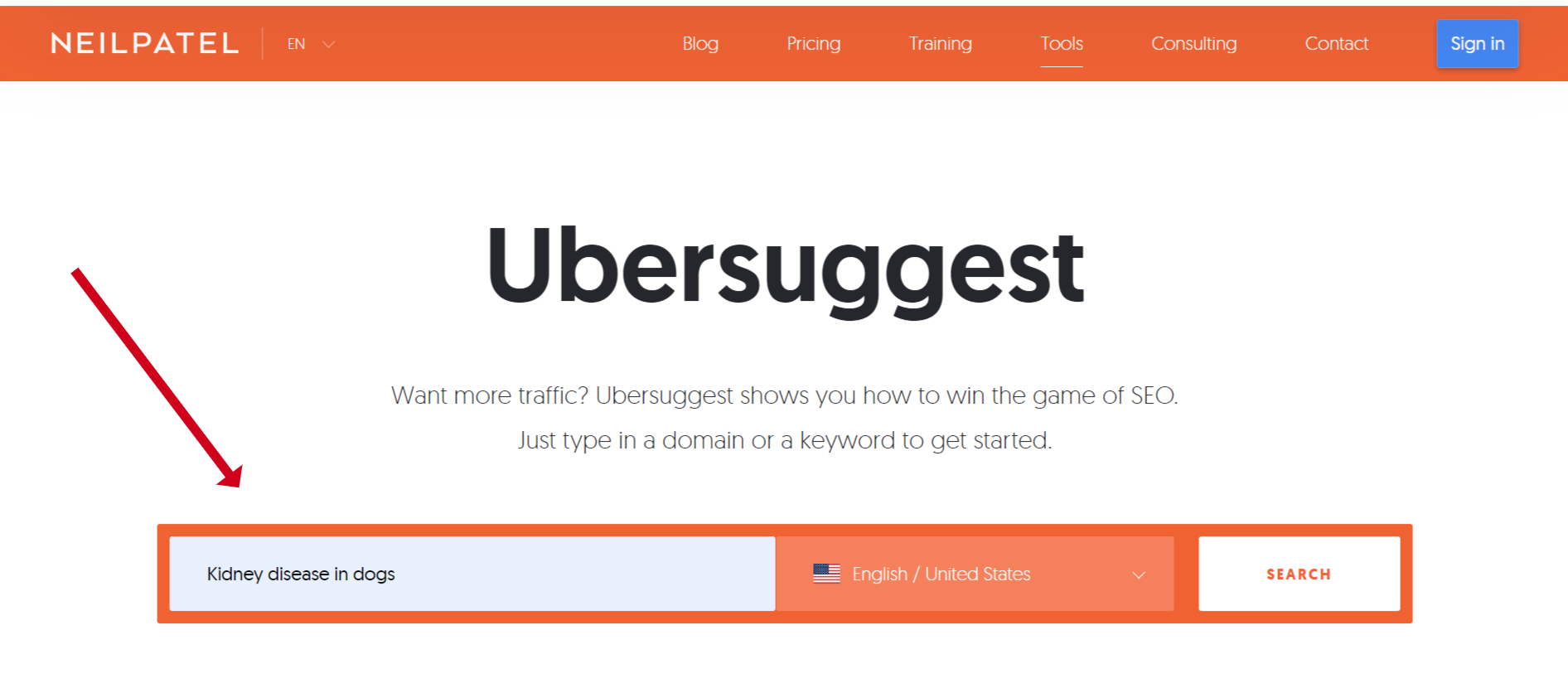
It’s going to bring up a detailed summary of that keyword.
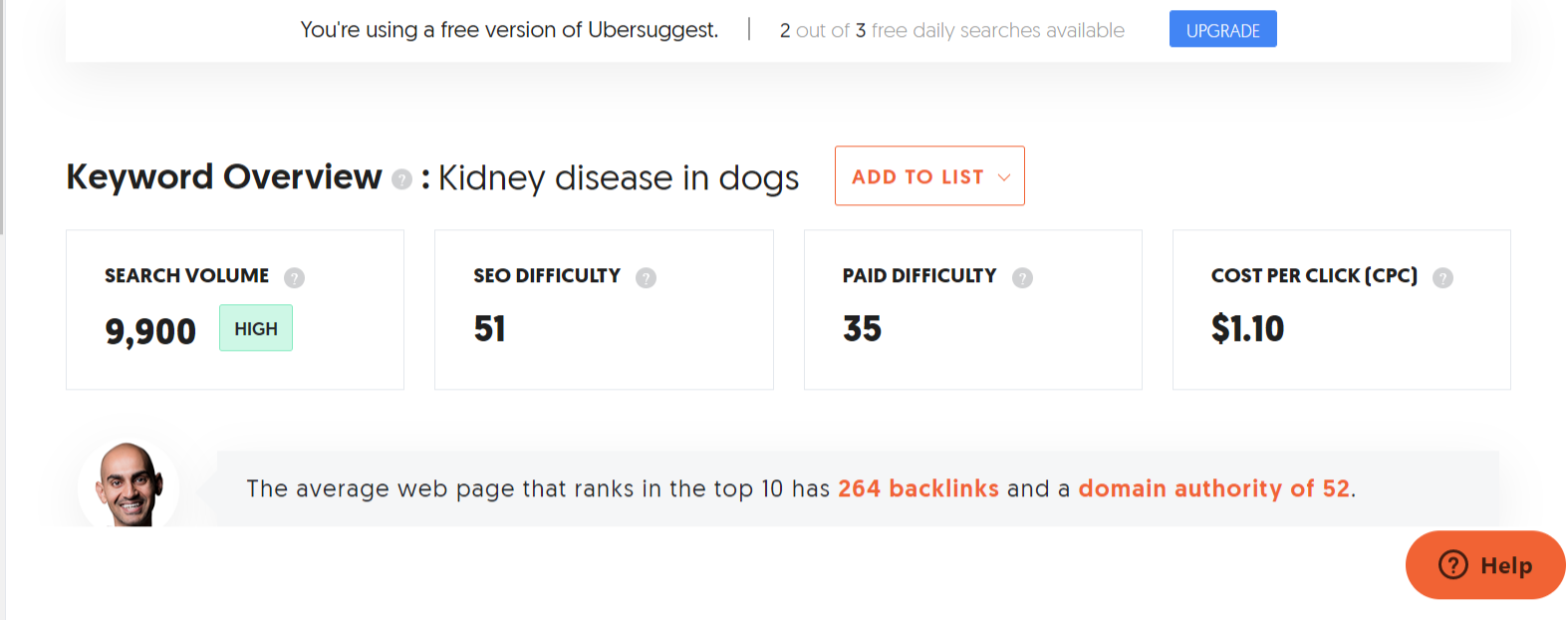
It’s also going to show you other related keywords you can add to your blog to rank better.
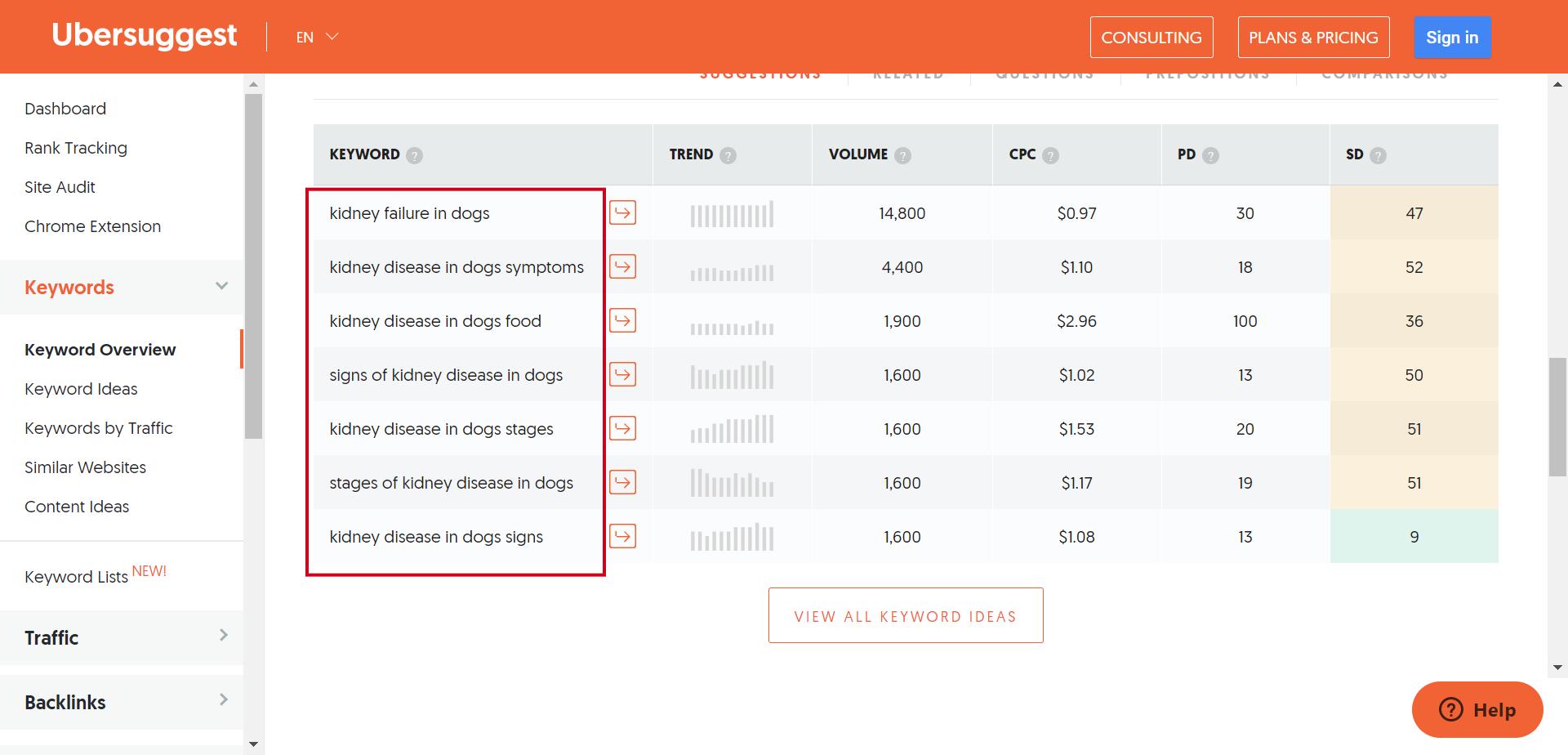
SEMrush
SEMrush offers a free account, and a free trial period if you want to try out the paid plans.
SEMrush allows you to compare your domains with your competitors, so you can see the keywords that are missing on your website.
You can perform keyword research, and just like Ubersuggest, it gives you a detailed summary of that keyword as well as related keywords.
SEMrush has a new feature that shows you the search intent of a keyword (whether it’s informational or transactional).
Its On-page SEO Checker tool gives you insight into your rankings and how you can improve them. It also has a local SEO feature which is cool for brick-and-mortar businesses like your vet clinic.
Here’s a youtube tutorial on how to get started with Semrush for SEO.
Ahrefs
This is a great tool for getting your SEO game right. With Ahrefs, you can find relevant keywords, compare competitors’ domains and track your rankings.
It also provides you with information on the content that has the most backlinks in your niche. This can provide you with valuable insight on how to create your content since you can see what info is drawing in visitors for your competitor.
Here’s a step-by-step beginners video on using Ahref.
Google Search Console
The Google Search Console is a free tool from Google to add to your arsenal. With this tool, you can track your website performance in Google SERPS.
It also helps you control what part of your website you want Google to index, and how it’s represented in SERPs.
You get firsthand info from google if your site has issues, and what those issues are.
Google provides a ton of information on how you can get started with this tool on the page when you click on the above link.
Other tools you can uses are the MOZ SEO Explorer and Screaming Frog.
At VMG, we provide our clients SEO-related services (including keyword research) to help their website rank on the first page of google search results, so they can be found easily online.
3. Produce Quality Content
Once you have performed keyword research, go ahead to produce quality content around those keywords.
Quality content addresses everything a visitor needs to know about a particular keyword and pushes them down to the next stage of the customer’s journey.
We’ll be looking at this in more detail when we get to content marketing for vets.
4. Optimize Content for On-page SEO
On-page SEO includes all the elements that live on the pages of your website and that are under your control.
By this, we mean elements such as your headline, subheadlines, meta tags, URL slugs, and HTML.
Let’s look at some of these.
Title Tags
This is the title of your pages, and it should be unique for each page on your website. It’s the first thing visitors see when you show up on google for a particular keyword.

Always include your primary keyword in your title.
Meta description
Meta descriptions appear below the title tag and give a summary of what the page is about.

Alt Text
This describes what an image is about. It’s important for 2 reasons:
- It helps the search engines understand what images on your page are
- It helps visually impaired or blind people understand what’s being displayed.
What you should do is write simple captions describing each image on your page. It’s as simple as that.
You can include your primary or a related keyword in your alt text.
URL
Your URL helps Google accurately classify the content on your page. So, create a URL that makes sense and contains your primary keyword.
Additionally, try to keep your URLs short and simple. This study from Backlino shows that shorter URLs have higher rankings.
The Content Itself
We’ve talked about writing quality content earlier, but for on-page SEO, you want to make sure your content contains your primary keywords and related keywords, sprinkled reasonably throughout the content.
Your primary keyword should appear in your headline, and at least one subheadline. It should also appear in the first 100 words of your content. It should also appear toward the end of your content.
Related keywords should appear throughout the body of your content including your subheadlines.
Don’t try to overdo this and stuff your content with your primary keywords in a way that doesn’t make sense. Google frowns on such practices. Your primary keywords should appear at most 2.5% in your content.
Your content should also be relevant to your searchers. Gone are those days when stuffing keywords in a content piece is enough to make a page rank. The more relevant your content is, the better you’ll rank.
Internal Linking
Internal linking is important for both Google and its users. It helps users find the information they are looking for, and it helps Google find and index new content on your website.
Your pages should link to each other in a way that makes sense.
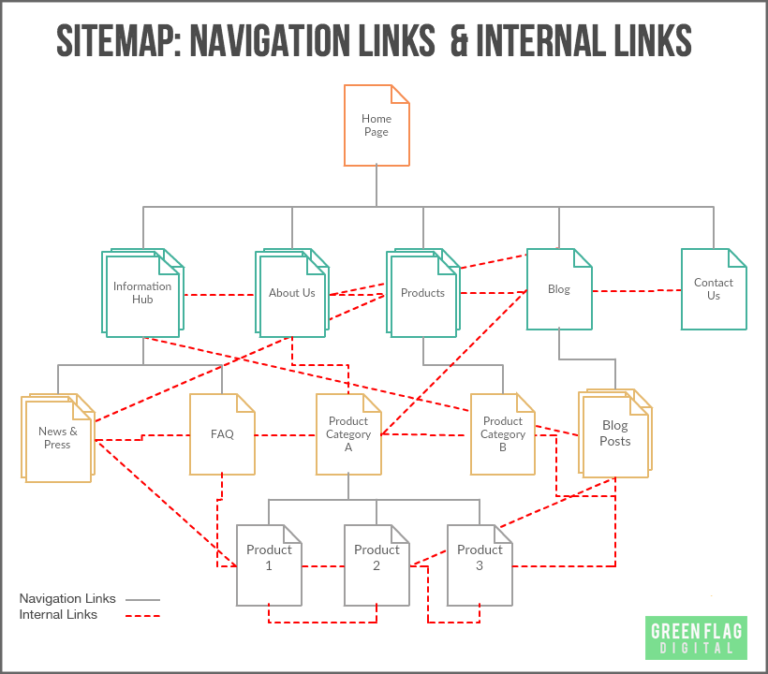
Page Responsiveness And Design
While we have talked about this under website design, to reiterate, your page should be mobile responsive, easy to navigate and load correctly and quickly.
5. Optimize for Off-Page SEO
When it comes to off-page SEO, you’re optimizing your website via external means. This includes social media activity, guest blogging, influencer marketing, and any other means that don’t happen on the page itself.
Using backlinks is the major way to do this. Backlinks are external linking to your website. For instance, you write a blog on kidney disease in dogs, and someone adds a link to that blog in their content.
Backlinks help Google to rank your site better. But you don’t want to get links from low-quality websites because it can negatively affect your rankings.
When Google sees that high-quality sites are linking to you, it sees your website as credible, and this will help you rank better.
You can reach out to influencers in the Vet industry, or other blogs, and ask them to link back to your website.
6. Implement Local SEO
Local SEO for vets is important as it increases the chances of getting traffic and leads from local searches. This is the main difference between traditional SEO and local SEO.
Local SEO usually involves looking for local keywords, setting up your clinic’s Google My Business (GMB) profile, and creating “NAP” citations.
Why is local SEO important?
How about 46% of Google searches have a local intent; and 76% of local consumer searches visit a store that day?
When you rank locally for certain keywords and show up in the local SEO 3-Pack, it puts your clinic as one of the first searchers will see, and the one they are likely going to move forward with.
Just in case you’re wondering what Local SEO 3-Pack means, it’s the first 3 businesses that show up on search engine results for local keywords. It includes info such as their business address, web link, and google maps link.
Here’s an example.
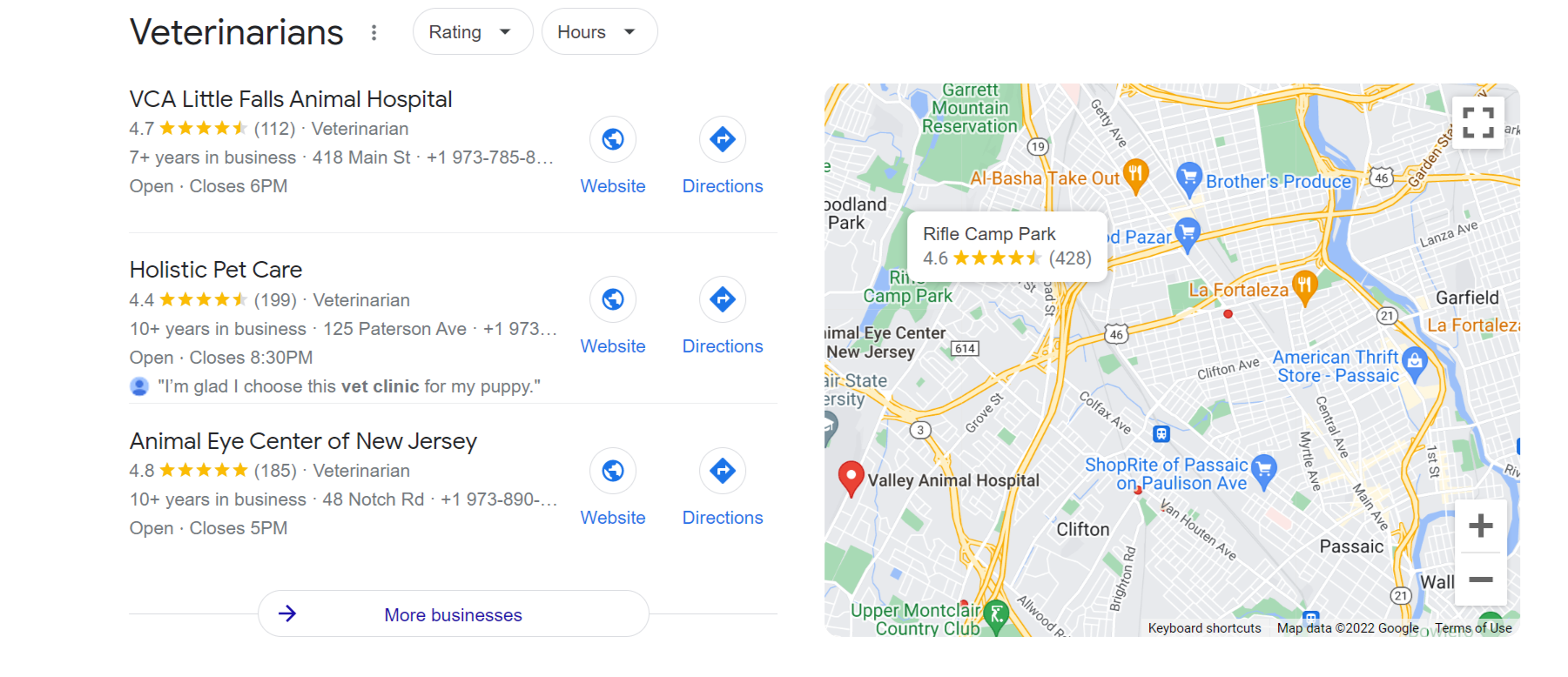
There are different factors Google uses for ranking local businesses. But here are 3 major things you can do.
- Use location-specific keywords on your website
- Update your GMB profile and ensure your listing on other sites like yelp contain accurate information
- Closely monitor and respond to online reviews about your business on google and other platforms.
With so many vet clinics gunning for the highest ranked for location-specific terms and other local keywords, it can be quite difficult to rank if you’re just learning the ropes.
At VMG, we will provide you with a clear blueprint on how you can start ranking for local searches.
Content Marketing For Veterinarians
Content marketing is all about creating and sharing valuable content that will help you attract and retain customers. By providing helpful information, you can build trust and credibility with your audience, which will ultimately lead to more business.
As a vet, your content marketing should be able to hand the customer from one stage of the customer value journey to another. In other words, your customers shouldn’t consume your content and don’t know the next step to take.
The customer value journey simply means all the stages your customers go through from when they first become aware of your brand, up until when they buy from you, and become raving fans.
Here’s the one we use at the VMG.
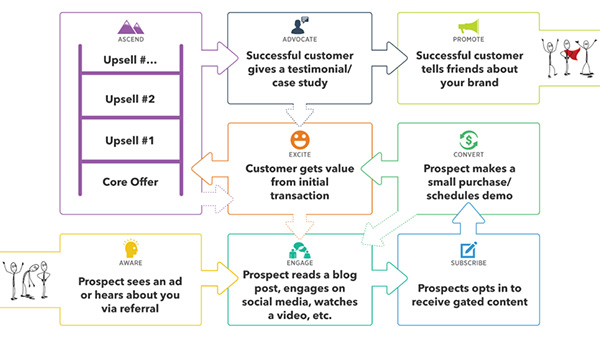
Different types of content should be applied at each stage, but let’s look at the types of content that will be beneficial to you and your audience.
Types of Veterinary Content
1. Blog posts
What you’re reading right now is a blog post. As a vet owner, you can create informational and educational pieces of blog content and publish them on your website.
When writing your blog posts, keep in mind the following:
- They should be relevant to your business and products
- They should be optimized for SEO
2. Email Content
Email content is a good way to nurture new and existing clients. For instance, you can send out newsletters 2-3 times a week that just provide value for your subscribers.
3. Videos
Video content has become increasingly popular, and that’s because humans are visual beings.
Tutorial or how-to videos are in high demand. You can create how-to videos for your audience. This could be to show your process, or how to care for their pets.
4. Social Media Content
Social media content is a good way to reach your audience as most of them can be found online. You can create short social media posts (text or videos) and reach a\ wider audience online.
Social media also allows you to create user-generated content, where the users themselves create the content. A very good example is having a Facebook group, where users can ask questions and give answers, or share their pet stories and have others leave comments.
5. Flyers
You can leave out flyers in your waiting room, or offices. Flyers could contain discount offers, get-together information for customers, or any other type of information.
6. Ebooks
You can create short relevant ebooks for your audience and distribute them via email or social media. Your ebooks should be providing information on pain points your customers or prospective customers are having.
Content Marketing Tools For Veterinarians
First, SEO is an integral aspect of content marketing, so all of the SEO tools we mentioned earlier are beneficial.
Some of these tools like SEMrush also have content marketing features that allow you to get content ideas, get an SEO template that allows you to write SEO-driven content and a real-time SEO-checker where you can write or put in your content and get suggestions for improvement.
Most of these tools will also provide you with insightful content metrics you should be looking at such as social shares, bounce rates, average time on page, etc.
However, aside from those, here are other content marketing tools you can use.
Buzzsumo
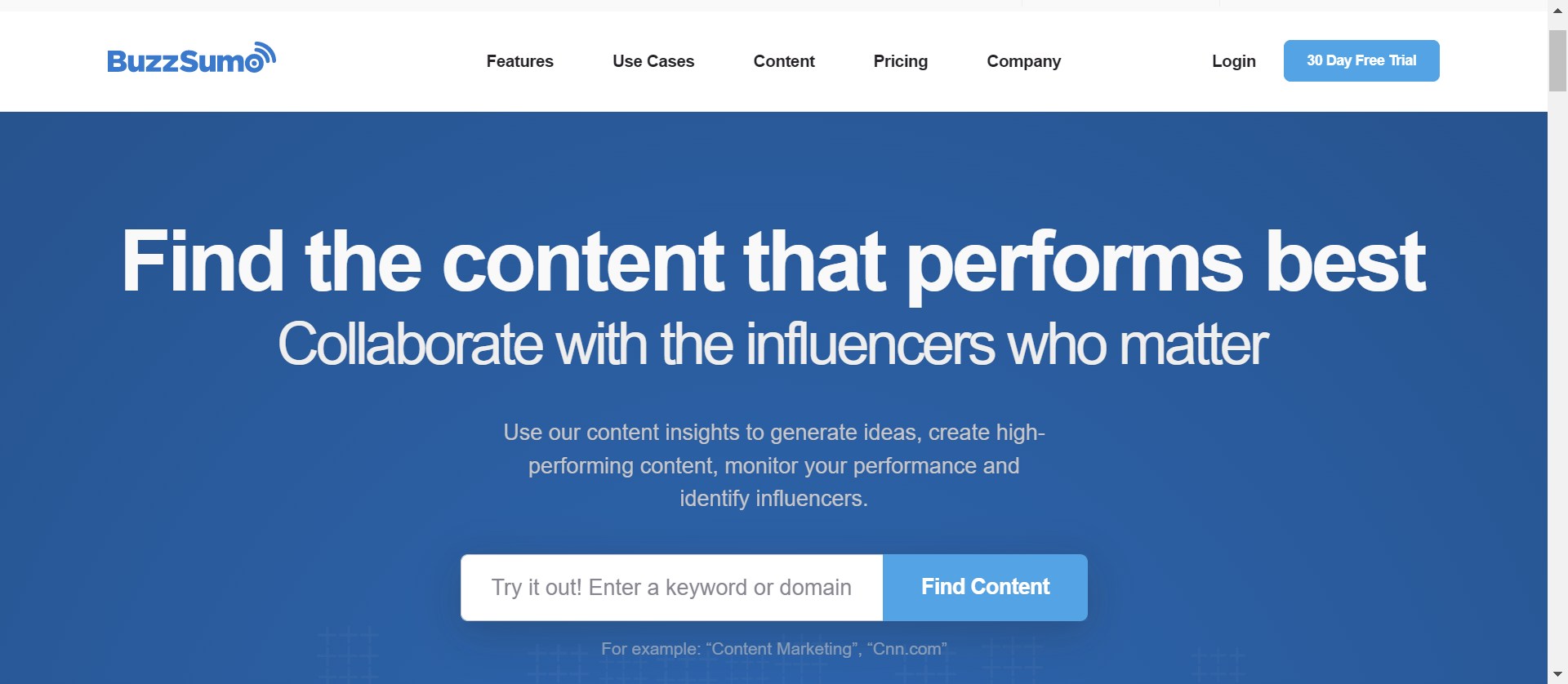
Buzzsumo helps you find trending topics in your niche. It also shows you the most social media shared content, as well as which social platform will be the best to promote your content among other useful insights.
Hubspot Blog Ideas Generator
Coming up with content ideas is one of the challenges of content marketing. This tool helps you to never run out of ideas again.

When you run a search, it gives you 5 topic ideas around that search. Plus it’s free to use.
Grammarly

Grammarly is your online assistant peaking over your shoulder to ensure your writing comes out error-free. It has a decent free version, but if you want to get the most out of this tool, you can upgrade to the paid version.
PPC For Veterinarians
As a vet owner, you know that online marketing is vital to the success of your business. After all, nearly 80% of pet owners use the internet to find veterinary services.
That’s why it’s important to make sure your veterinary practice is visible online, and one way to do that is through pay-per-click (PPC).
PPC is a type of online advertising that allows you to place ads on search engines and other websites.
If you would recall, sometimes, when you search for a keyword in search engines, the first couple of results are usually ads. Additionally, when you visit some websites, you might see certain ads on them.
When someone clicks on your ad, they are taken to your website, and you pay a fee for the click.
PPC is a cost-effective marketing strategy as you only pay when someone clicks on your ad. According to the stats, for every 1$ spent you get $2. That’s a 100% ROI!
PPC can be an effective way to reach new clients and increase your sales.
Best PPC Strategies For Vets
PPC can be an effective way to market your veterinary practice, but it’s important to use the right strategies. Here are some top tips:
1. Use Keyword-Rich Ad Copy
Your ad should include relevant keywords that potential clients are searching for, such as “veterinarian in Los Angeles.” This will help ensure that your ad appears in search results for those keywords.
2. Target Your Ads
You can use various targeting options to reach the right audience for your ads. For example, you can target people in a certain geographic area or who have searched for relevant keywords in the past.
3. Use Negative Keywords
In addition to targeting relevant keywords, you can also use negative keywords to exclude irrelevant searches.
This can help improve your ad’s quality score, which can lower your costs and increase your click-through rate.
4. Test Different Ad Copy And Landing Pages
It’s important to test different versions of your ad copy and landing pages to see what works best. Try different things, such as changing the wording of your ad or adding images to your landing page.
Another thing to keep in mind about landing pages is that your landing pages must be CTA-centric and specific to a particular campaign.
It should provide users with just the right amount of information they need to schedule that appointment or click to call, but not so much that it overwhelms them.
5. Track And Optimize Your Results
Tracking the performance of your PPC campaigns is essential for improving their effectiveness over time. Use analytics tools like Google AdWords to monitor key metrics such as click-through rates, conversion rates, and cost-per-click.
By following these tips, you can make your PPC campaigns more effective and generate better results for your veterinary practice.
Email Marketing For Veterinarians
Email marketing is a powerful tool for connecting with potential clients and building customer relationships.
It offers the highest ROI among other internet marketing channels. On average, for every $1 spent on email marketing, you get an ROI of $42.
As a veterinarian, there are many ways you can use email to promote your services and connect with pet owners. But the first step is to build your list.
You can have lead magnets that persuade people to sign up on your website. Clients or prospects can also sign up in your clinic.
One of the most effective ways to use email marketing is through newsletters. You can send regular emails that contain information about new products or services, clinic news, or even pet health tips.
When you send newsletters to your clients, they will feel more connected to your business and have a better understanding of why they should choose you over other clinics in the area.
Another great way to use email marketing is through special offers.
You can offer discounts on specific services that you know your customers are interested in, or you can offer one-time promotional codes that they can use when booking appointments.
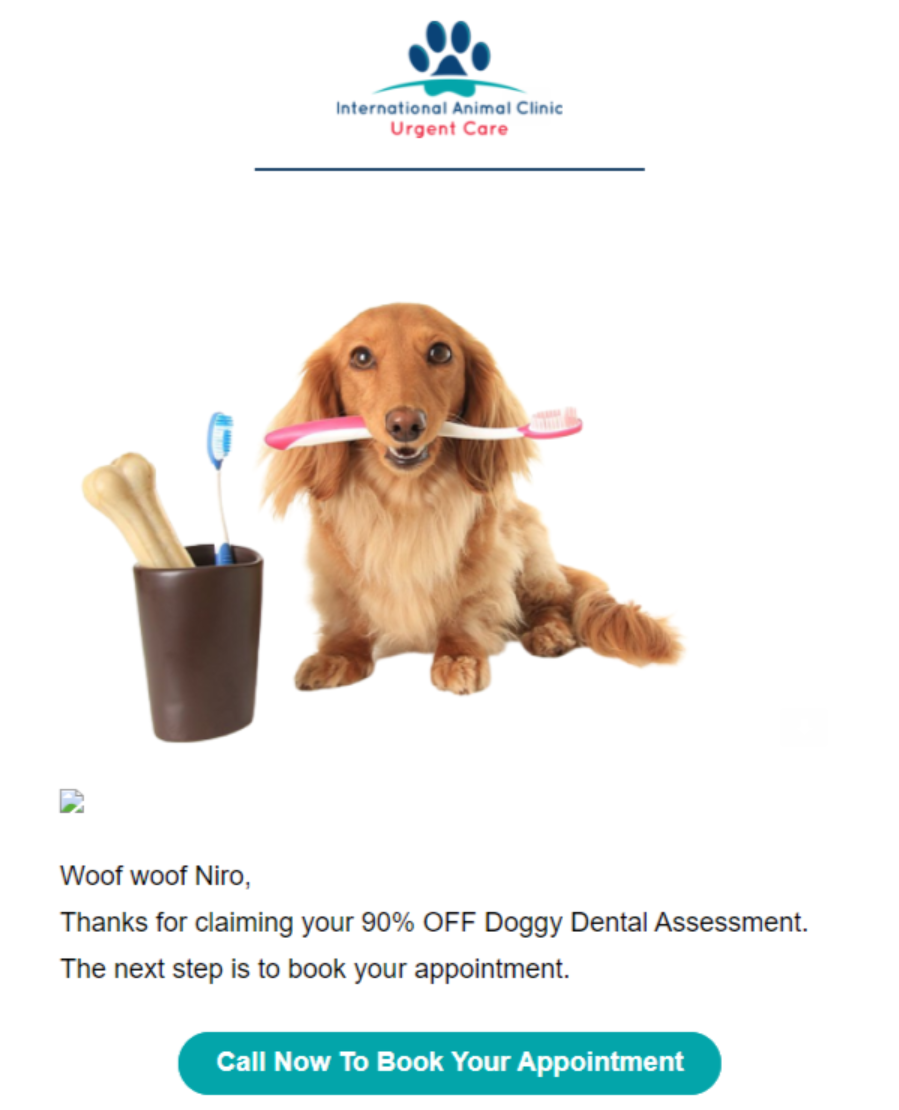
This strategy is a great way to boost customer engagement and increase your bottom line at the same time.
Finally, don’t forget to include a call to action in your emails. By including a clear CTA in each email, you can encourage your subscribers to take the next step toward becoming clients.
This could involve signing up for an appointment or attending a special event that you’re hosting at your clinic.
Best Tips For Email Marketing Success For Vets
1. Keep Your Emails Relevant To Your Audience
Your subscribers are interested in what you have to say because they want to learn more about taking care of their pets. Make sure your emails are full of valuable information that will help them in this journey.
2. Be Consistent With Your Email Content
If you only send out an email once or twice a month, your subscribers may lose interest and unsubscribe. Aim to send regular emails at least once a week to help keep your audience engaged and interested in what you have to say.
3. Invest In Email Marketing Automation Tools And Software
There are many great tools out there that can help you create targeted email campaigns, segment your list, and track your results. These tools can save you a lot of time and help you get the most out of your email marketing efforts.
4. Make Sure Your Emails Are Mobile-Friendly
More and more people are reading their emails on their smartphones, so it’s important to make sure your messages look great on these devices.
Use a responsive email template or invest in an email marketing platform that offers mobile optimization features.
5. Pay Attention To Your Subject Lines
Your subject line is the first thing your subscribers will see when they receive your email, so make sure it’s interesting and catches their attention.
Avoid using clickbait tactics, and instead focus on creating a clear, concise subject line that communicates the value of your email.
Email Marketing Tools for Vets
There are numerous email marketing tools you can use, but for simplicity, I’ll be mentioning only 3 in this guide.
VMG Digital Marketing Platform
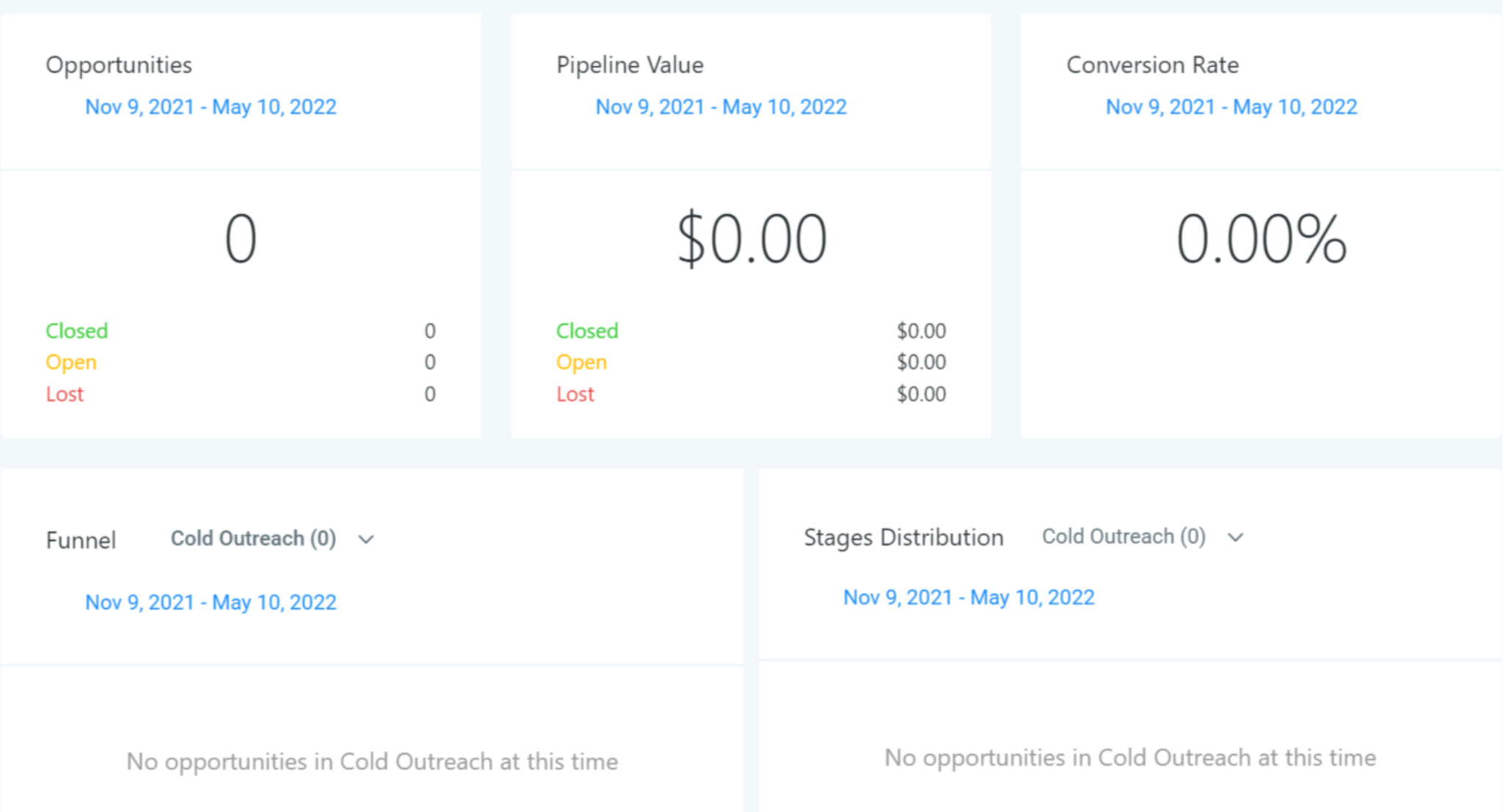
This is our email marketing automation, text messaging, and voice follow-up platform for veterinarians.
Our platform gives you the power to automate your email marketing from lead generation to conversion.
Our drag-and-drop email builder helps you create highly personalized email campaigns for your audience. Plus we have pre-loaded email marketing automation templates that you can model and get your campaigns up and running in no time.
Our platform also gives you detailed reporting on your email campaigns and performance.
You can create landing pages, manage appointments, access your CRM, and do so much more.
Active Campaign

Active Campaign is an automation platform that allows you to automate your email marketing. It also provides you with a CRM system, and pre-built email automation recipes you can model.
MailChimp

Mailchimp is another good email marketing software that gives you all the functionalities you need for your email marketing. You can plan campaigns, automate them, and get detailed reports on your campaign performance.
Email Marketing Metrics To Track For Vets
1. Open Rate
This is the percentage of subscribers that open your email relative to a campaign, It’s calculated by dividing the number of emails opened by emails delivered, and then multiplying by 100.
To determine if your open rates are good, compare them with the open rate of the vet industry. As of 2022, the email open rate for vets is 32.83%.
To increase your open rates, email your subscribers frequently. This could be once in 2 weeks, or whenever. Just ensure it’s consistent, so you’re fresh in their minds, and they will always be expecting your emails.
Another tip is to use personalized subject lines. Only send content that is relevant to your subscribers. You can do this by segmenting your subscribers, so you can send targeted content to each segment.
2. Click Through Rate (CTR)
This is the percentage of subscribers who clicked a link(s) in your email. This is an important metric to track engagement as well as conversion.
If your vet clinic has a pet store, you can send promotional campaigns with links. You can also include links for specific discount offers for your services.
To optimize your emails for good CTRs, you:
- Can make your CTA a button instead of just text with a link embedded.
- Can use plain text but with bigger fonts that are different from the rest of the text
- Creative graphics, and lots more.
Like with everything, you can test different CTA styles to see which works best. The average CTR for the vet industry is 11.83%.
3. Unsubscribe Rate
This is the percentage of people that opt out of your email list for every campaign sent. It’s calculated by dividing the number of unsubscribes by the number of emails sent.
You want to keep this rate very low. The average unsubscribe rate for the vet industry is 0.67%.
If you are having a high unsubscribe rate, you need to find out why. Some reasons for this could be:
- Irrelevant content
- Emailing too frequently or once in a long time or
- Emailing contacts who never signed up
4. Share Rates
This metric shows the rate at which subscribers share or forward your emails. Sending very relevant content that will be beneficial to others will increase shares. In addition, making your share or forward button prominent will also increase your share rate.
For vets, you can include a referral program for subscribers to increase your share rate. The incentive could be a discount on a service or pet product.
SMS Marketing For Veterinarians
SMS marketing has become very popular in recent years, and more businesses are adding it to their marketing arsenal because of its effectiveness and ease of use.
According to stats, the SMS open rate is 98%, the SMS response rate is 46%, and 34% of people will read a text message within 5 mins of receiving it.
These stats show there’s a lot of potential with SMS marketing, which will also benefit vets.
How Vet Clinics Can Use SMS to Increase Engagement and Conversion
1. Send Appointment Reminders
Reduce the number of no-show appointments by sending text message reminders. This can be a series of SMS that go out 24-48 hours before the appointment with an option to confirm or reschedule.
Before you start sending SMS, ensure your contacts opt-in. This could be done when they call, and you ask for permission to add them to your list, or they opt-in through your website.
2. Make It Easy To Ask Questions
It’s much easier for people to text, rather than send an email or place a phone call. Having this channel will foster trust between you and your clients so that they can reach you at any time and get answers to urgent questions.
3. Send Post-appointment Follow Up SMS
Make clients feel special by sending them post-appointment text messages. For instance, if a pet has undergone a procedure, you can send a follow-up SMS to check in and see how the pet is doing.
4. Increase Your Reviews
You can use text messages to request reviews and referrals. Since SMS has a higher response rate than any digital marketing channel, clients are more likely to leave reviews or referrals.
5. Offer Promotions and Mobile Coupons
Offer coupons by SMS and add links where they can be redeemed. This could be a discount for one of your services or pet products.
SMS Marketing Tool For Vets
While there are several SMS marketing tools available, we recommend our SMS marketing platform.
This platform is inside our VMG All-In-One Marketing platform alongside our email marketing and voice marketing solutions.
The SMS feature allows you to send text messages to contacts that have opted-in to receive SMS. You can create SMS automation for different campaigns.
Text messages can also be personalized with unique details for each client such as first name, location, and pet name, as well as other custom details you can create.
Social Media Marketing For Veterinarians
Social media is a great marketing tool for veterinarians. You can stay connected with your customers, and create awareness to reach a wide pool of prospective customers.
For instance, Facebook has 2.912 billion active monthly users, while TikTok has 1 billion active users monthly. Just these two platforms show you that social media can provide you with a huge audience potential.
When it comes to social media marketing for vets, there are lots of options to choose from. These include:
- Youtube
Each of these platforms has its content format. Instagram is more visual, so this means more videos and high-quality images. Facebook allows for a variety of content formats, while youtube is video-centric.
Knowing the content format for each platform will help you provide content that resonates more with your audience.
But how do you know which platform, to begin with?
I would say use platforms that current clients and potential clients use. For vets, this is usually Facebook, Instagram, and Youtube.
Once you have determined which platform you would like to focus your social media marketing efforts on, create your social media strategy.
This should include:
- The content format as we mentioned earlier
- Posting frequency
- The content itself (testimonials, special offers, vet holidays, clinic information, etc)
- Social media metrics to track (Like, comments, retweets, mentions)
- Social media management tool to use
In addition to organic social media marketing, you can run paid social ads to reach a wider audience.
This ad can also be targeted to specific people. These could be people that have engaged with your website before, within your location, or who like pet-related pages.
Social media ads will be different for every platform, so understand how it works for each platform before you begin.
Social Media Management Tools For Vets
- VMG Social media manager
- Hootsuite
- Semrush
- Sprout Social
- Hubspot
- Ripl
VMG All-In-One Digital Marketing Platform
At the Veterinary Marketing Group, our VMG Digital Marketing platform provides veterinary clinics with all the functionalities and features they need for effective digital marketing.
The beauty of the VMG platform is that it is all-in-one. So you have your email marketing, SMS, voice, social media management, CRM, and lots more in one platform.
This reduces the cost of paying for different marketing platforms and reduces the time spent navigating different data to evaluate your digital marketing efforts.
VMG Digital Marketing Features
See why veterinary clinics are switching to VMG as a holistic digital marketing platform.
Email Marketing
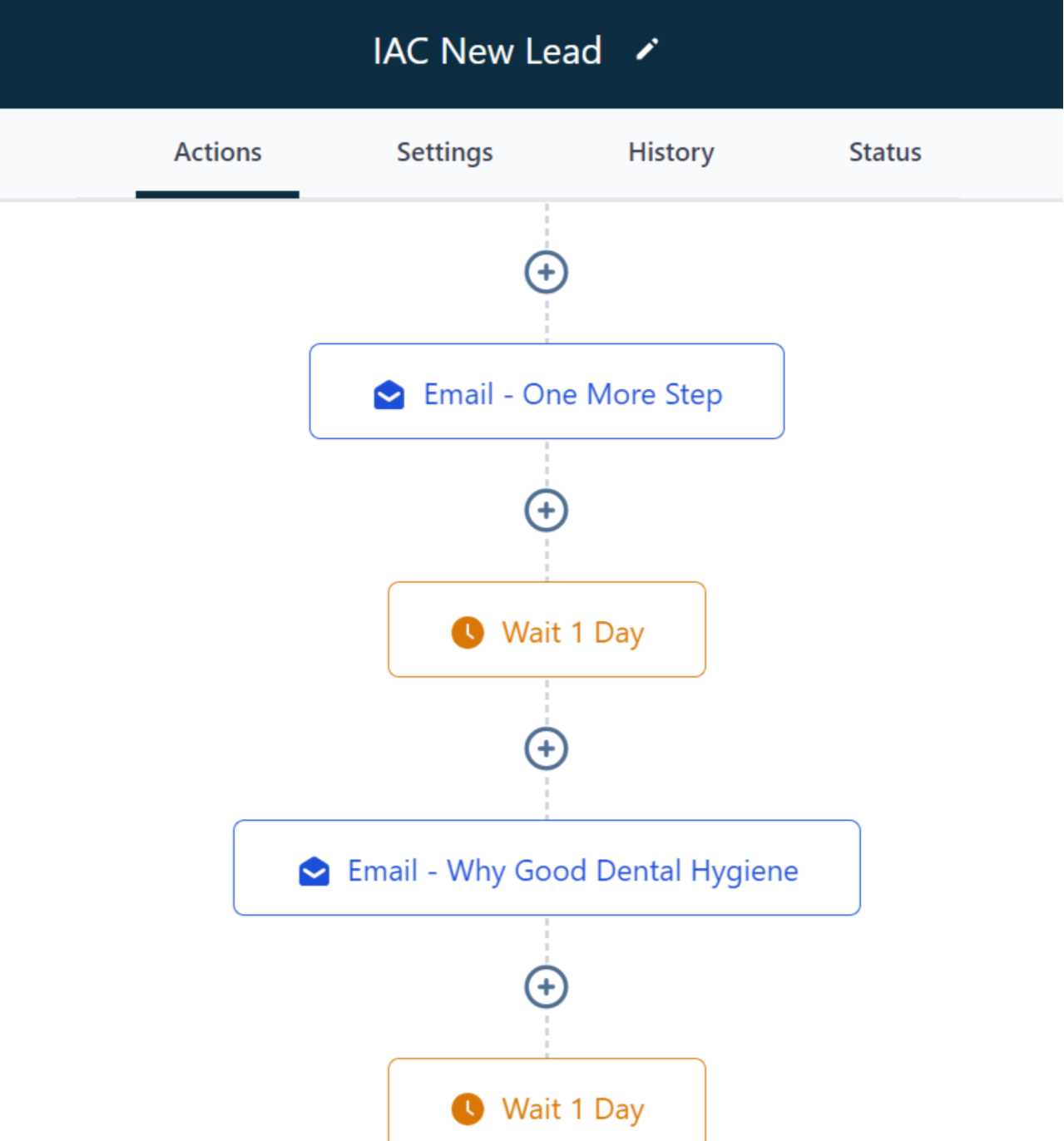
Create and send one-off emails or email automation using our email marketing feature. Track and respond to email replies, and get a detailed report on email performance.
SMS Marketing
Use our SMS feature to send text messages that get opened fast and convert. Send triggered SMS, and create SMS workflows for automated campaigns. Remind clients of appointments, follow up after appointments, and send SMS coupons.
VMG Voice
Call clients, leave a voice message, and allow clients to return the call. Our voice feature allows you to reach clients who would prefer to call than text or email.
Social Media Planner
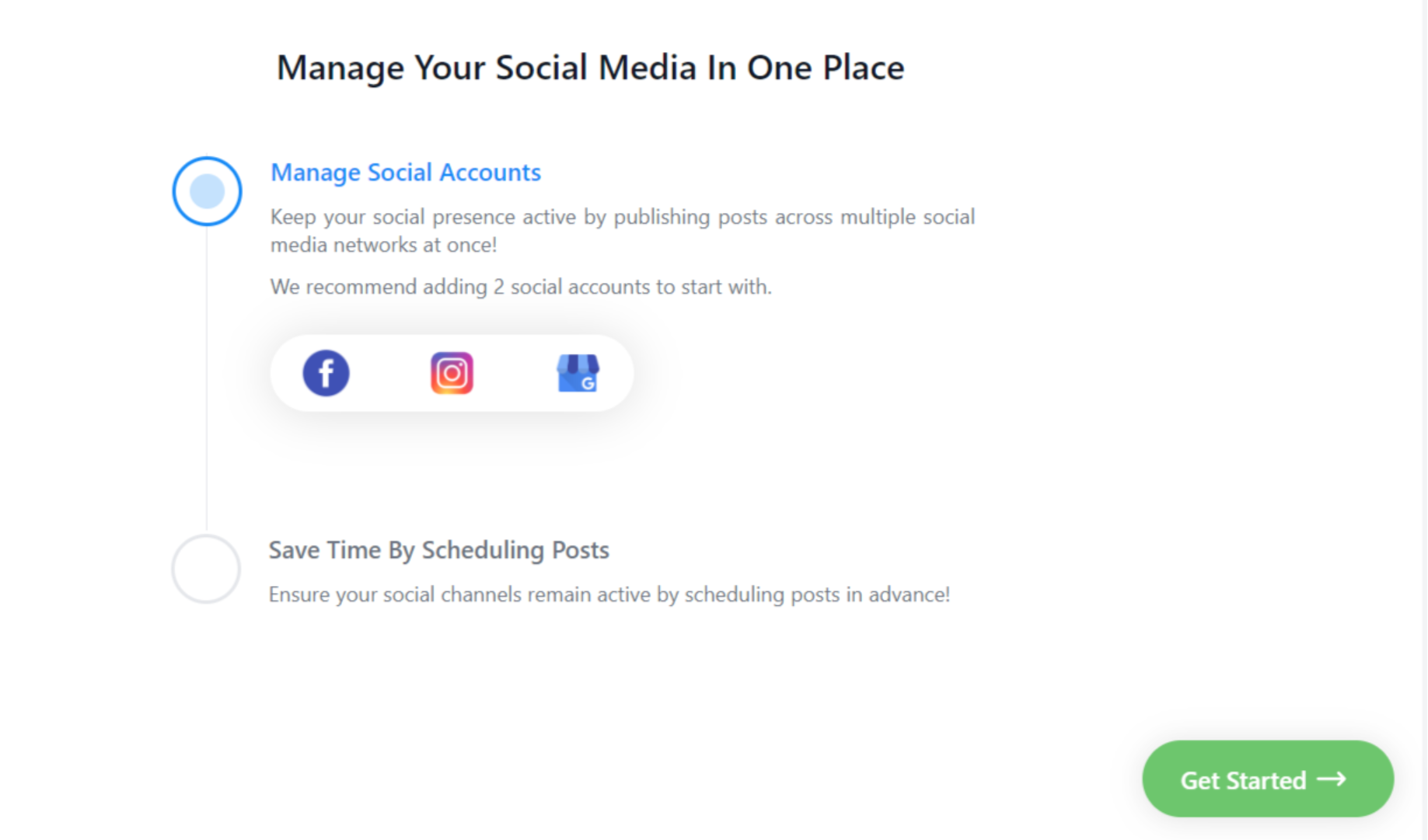
Manage your social media in one place. Schedule posts, and reply to messages from one platform.
Conversations
This allows you to get a bird’s eye view of all your conversations across different platforms for all your clients. This includes conversations from google, email, SMS, messenger, and lots more.
Track and reply to messages in real-time.
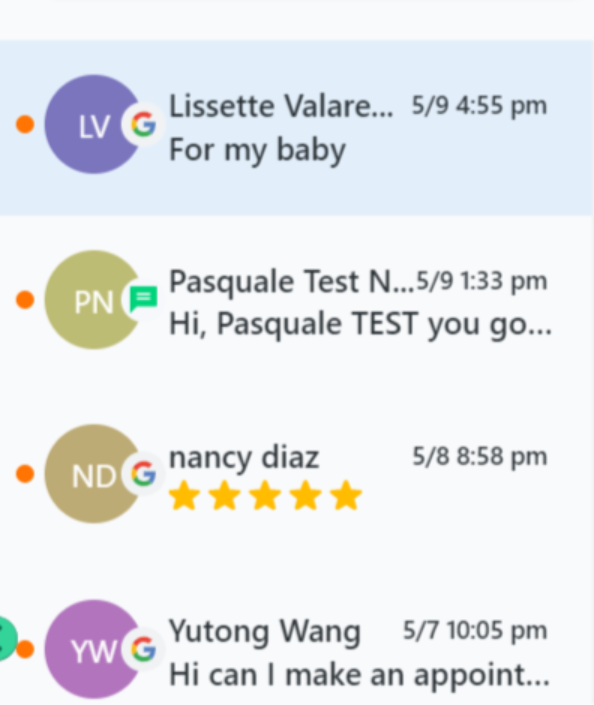
Site Builder
Create funnels, surveys, forms, chat widgets, and landing pages with the site builder feature.
Calendar
Use this feature to create an appointment scheduler for clients. It also allows you to add calendars from multiple team members.
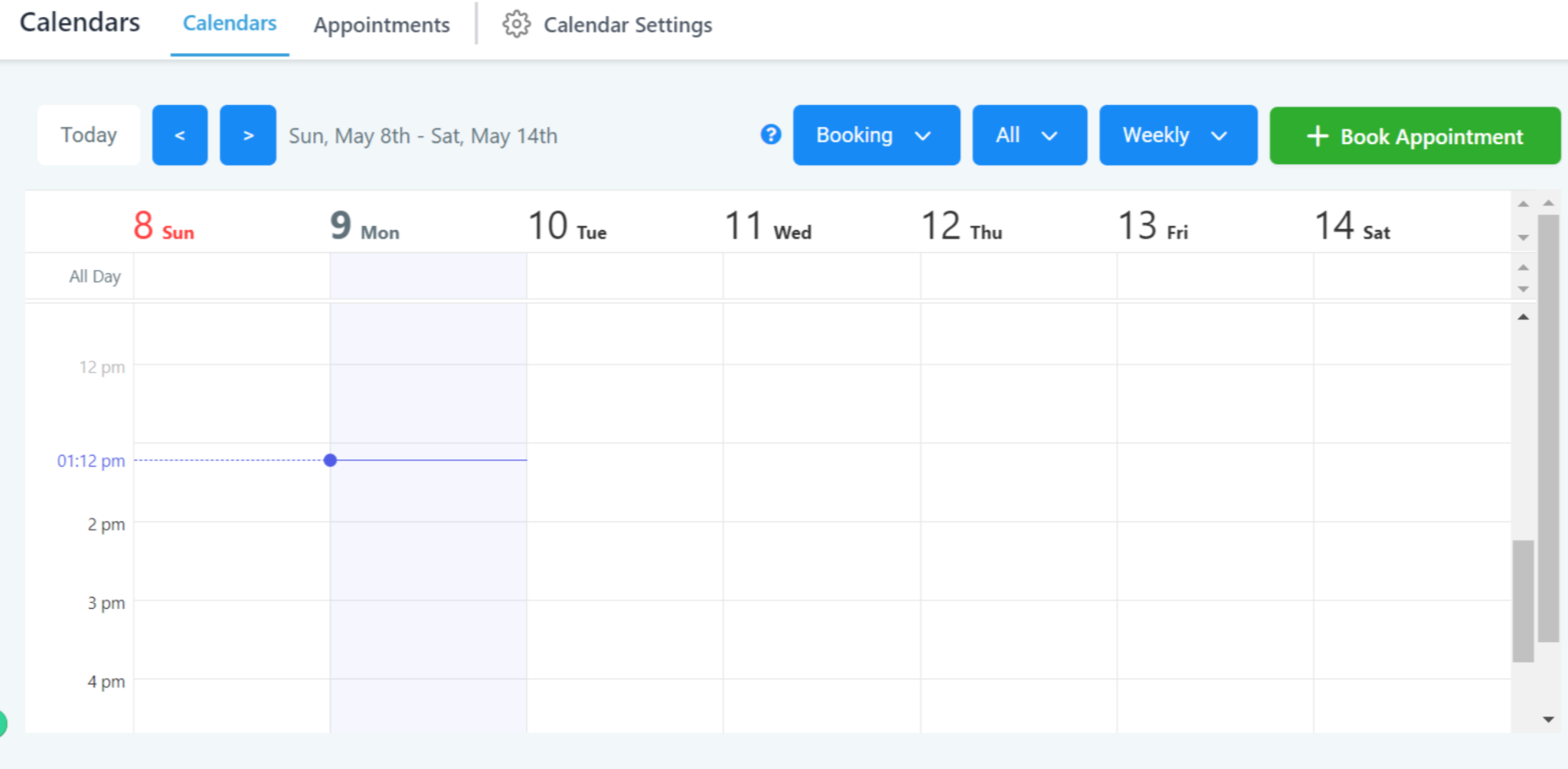
Reporting
Get all your reports in one place. Save time and money navigating several platforms for a holistic report.
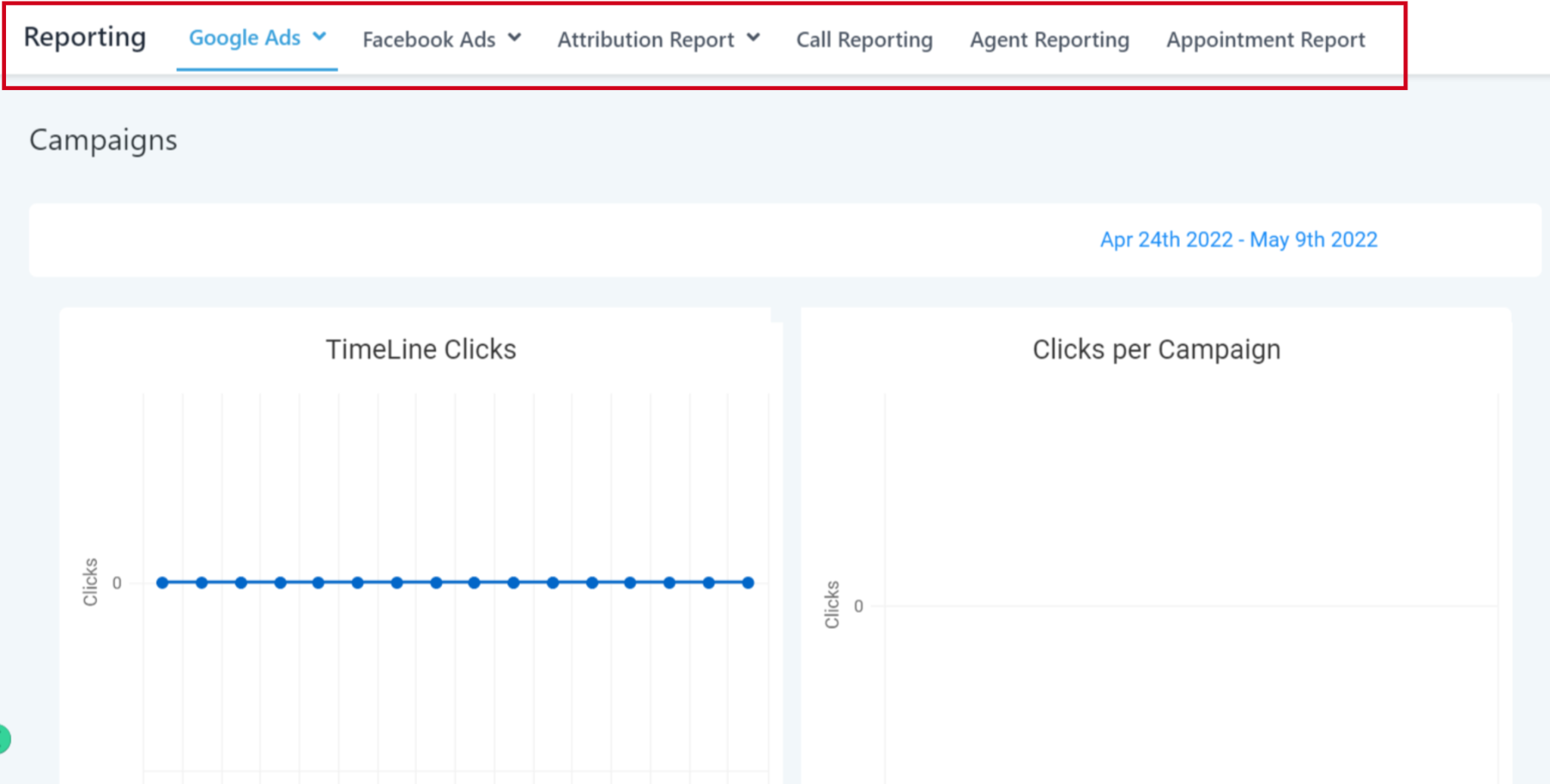
Lots More!
The VMG Digital platform has a lot of functionalities for vets to nail their digital marketing. Go here to see everything our all-in-one digital platform has to offer.
Maximize Digital Marketing for your Veterinary Clinic with VMG Services
At VMG, we provide digital marketing services plus our vet-centered digital marketing platform to help veterinary clients bring in more revenue and become the go-to veterinary clinic for vet services in their location.
Our service includes:
- SEO
- PPC
- Email marketing
- Content marketing
- Paid Social
- Web design
- Analytics
- Reputation management
Let’s show you how we can help you create a digital marketing strategy for your vet clinic. Contact us today to speak to an expert.
